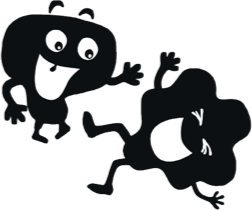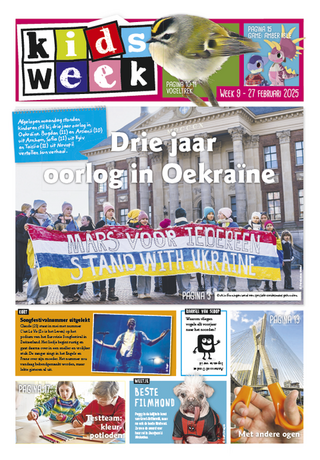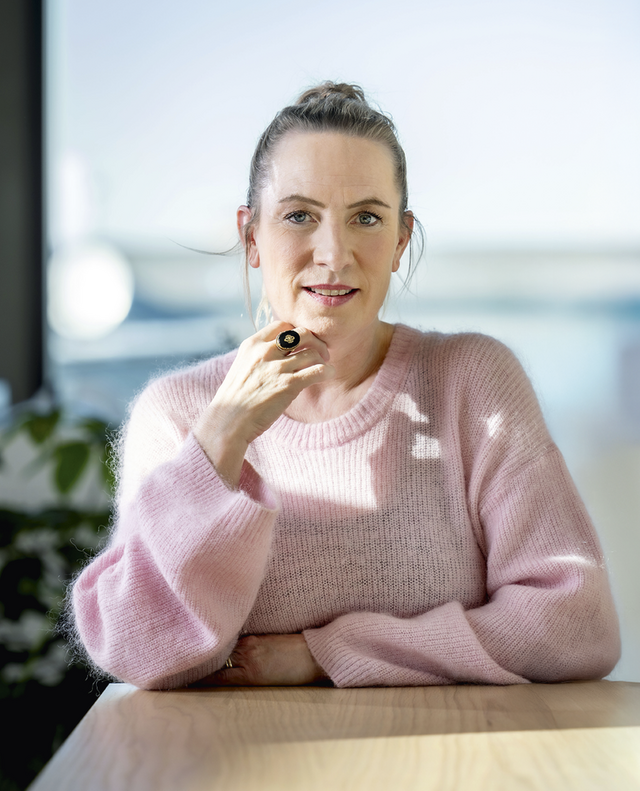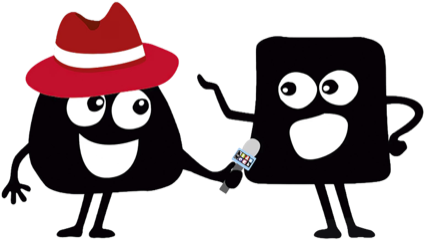“WE TRY TO CONNECT TO THE REALITY OF CHILDREN”

magazines & SIM
In a world where Donald Trump dominates the news, wars are raging and we see fake news everywhere, Kidsweek helps children understand the news and think critically about current affairs. “We inform, interpret and always try to bring a constructive future perspective to our articles. We make news fun to read and like to spread the joy.”
Of course, more and more children, like adults, are frightened by the news that reaches them every day. Editor-in-chief Henrike van Gelder (53) also notices this in the questions children ask Kidsweek. The newspaper, published every Thursday, targets 8- to 13-year-olds in the Netherlands and serves up the news, but also animal trivia, puzzles and jokes. “Our news stories build on current affairs that already reach children at school or the breakfast table, or through social media. We try to connect to their reality.”
BASIC PRINCIPLES
Kidsweek doesn’t shy away from a topic, but uses its own basic principles when compiling the newspaper. Van Gelder: “Even before constructive journalism became a practice, with journalists not only providing descriptions but also solutions in their articles, we were already applying it at Kidsweek. We try to end every news story on a positive note and want to give children tools to be able to take action themselves. When we write about the war in Ukraine, for example, we also include inspirational stories about how Dutch children raise money or resources for their peers in the affected area.”


Henrike van Gelder
(53), EDITOR-IN-CHIEF OF KIDSWEEK
Kidsweek is distributed to both the private market and schools and has an average circulation of
62.000
Through DPG Media’s free newspaper project,
700
700 free Kidsweek subscriptions are distributed to children in underprivileged communities.
In 2024, the website had an average of
152.000
unique visitors, totalling nearly
600.000
page views, per month.
And as difficult as it may sometimes be to arrange it from a practical perspective, Kidsweek always seeks to include testimonials by those peers. “Telling the news through the eyes of children makes it all much more understandable for our readers,” van Gelder explains. And so we arrive at the next basic principle: understandable language. “Of course, we avoid difficult words as much as possible and if we do have to use one, we explain it.”
Finally, Kidsweek often points out the exceptional nature of an event. “We will, for example, report on a fatal stabbing, but we’ll also be sure to point out how rare such an event is. We also encourage children to talk to their parents or a teacher if they have questions about these things, or to call the children’s helpline.”
DEVELOPING CRITICAL MINDS
Van Gelder has already worked for several target groups, but has a great passion for Kidsweek. “How a child looks at the world changes enormously at this stage of life. Their view broadens from their own room, home, friends and playground to the city, the country, the world. This raises many questions as well. Kidsweek helps them understand and make sense of the world at large. Fairly unique, wouldn’t you agree?”
Kidsweek is increasingly moving into digital channels as a news brand. “We need to be where our readers are, which is why social media is taking on an increasingly important role in our coverage. The paper newspaper will remain our bread and butter, but we will also continue to develop digitally. In 2024, we already generated more than 230,000 organic views on TikTok and we’re currently working on a new social media strategy. With Kidsweek, our ambition is to reach many more children and young people. Who else will teach them to be interested in the news, form opinions and become critical citizens?”
